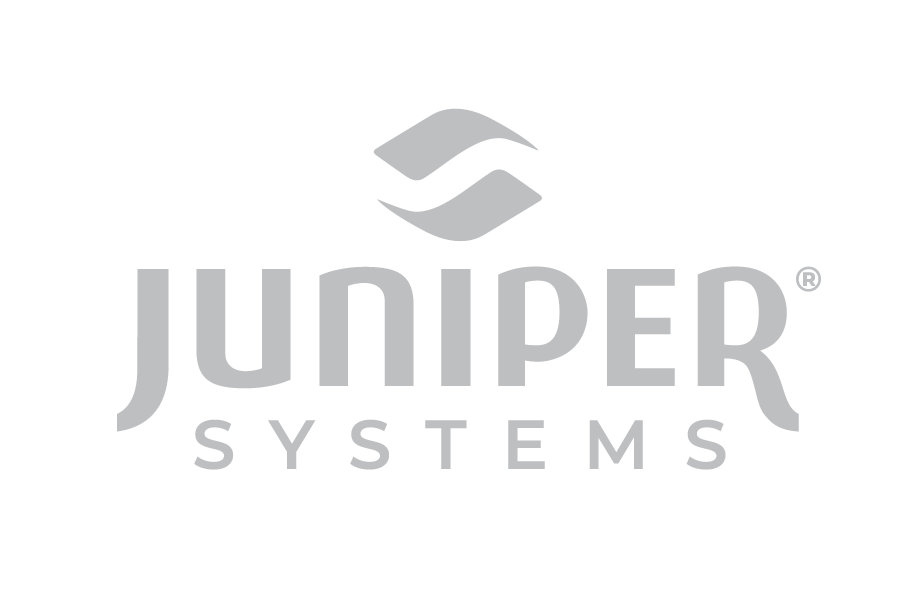
Editors’ note: This column was originally published by xyHt, an industry publication focused on professional positioning and measurement, on Jan. 11, 2019. Read the column here.
As accurate GNSS data becomes democratized, there’s still a place to stand out in the industry.
The long-established GPS industry has been facing a massive technological disruption for the past five years as barriers to highly accurate data have come crashing down for both professionals and amateurs.
How, then, should players in the GPS receiver industry stand out?
Past tech disruptions
Positioning data, 18 years after President Bill Clinton discontinued selective availability and released accurate GPS upon the masses, is in high demand. The GPS market is slated to grow around 15% from 2016 to 2024, according to a recent market report by Grand View Research.
In the 1990s, the GPS industry marveled at affordable, portable GPS receivers. Handheld receivers capable of mapping around 250 data points and accurate to around five meters hit the market for a cool $3,000.
However, it was the portable backpack systems built for professional and mapping-grade work that revolutionized the industry. They were light, weighing only 15 pounds, and cheap, costing an accessible $17,000. These GPS backpacks did most jobs. Survey-grade products at the time weighed more—around 30 pounds—and cost more than the just-launched Dodge Viper.
Mapping professionals would study satellite almanacs (a process called mission planning) to align their workday with the most possible satellites in the sky. The full GPS constellation consisting of 27 globe-orbiting satellites was not completed until 1995. So, mapping professionals would stand in place to get a good reading. At the end of the day, they would process the data on a whirring desktop computer, hoping the data would be accurate and useful.
Today’s growth
But today is more mappable than ever, and consumers want more than just data.
It would be difficult in 2018 to pick up fewer than 20 satellites at any given moment as governments follow the United States’ lead with GLONASS, Galileo, and BeiDou satellite navigation systems. New constellations promise increased reliability. And new architectures add new frequencies and embedded information, increasing accuracy.
With each new satellite launch, there is a different breed of products propelling GPS forward: smartphones, tablets, smart watches, and smart cars. These high-powered mobile computers record, analyze, and send mapping data using mobile software, which has replaced the need for expensive computer systems. At the same time, GPS receivers have gotten smaller, lighter, and faster while consuming less energy.
Satellite, mobile phone, and GPS receiver technology have crashed together, and because of this the price to accurately define a point in space has dropped precipitously. The biggest challenge for the GPS receiver industry will be shifting focus away from just the technology and toward the user. Consumers want to save time, and they want to work with peace of mind.
Today’s needs
GPS receivers should be built for field work. Mapping professionals should not have to make compromises because of technology to do their work. They should be able to work wherever and whenever they need to work, without limitation.
In addition, mapping professionals should not pay for a product feature that is not useful to their job. Products should be purpose-built and priced to meet user needs. Extra accuracy might sound important, but often it is just an unneeded cost.
GPS receivers today should be simple and easy to use, but receivers should still come with wraparound customer support to get users familiar with the product and into the field as quickly as possible.
It has been almost three decades since the first affordable professional-grade GPS systems appeared on the market in the form of $17,000 backpack-sized packages. But accuracy and cost are no longer the prevailing measures for a good product. Mapping professionals want a device with built-in quality, and they want a company that backs it up with knowledgeable customer service. That is where there is still plenty of room to stand out in the industry.
Read the latest on positioning and measurement in xyHt. For information about how you can affordably improve your GPS and GNSS data with the Geode Sub-meter GPS Receiver, contact us here. Visit Juniper Systems online here.

